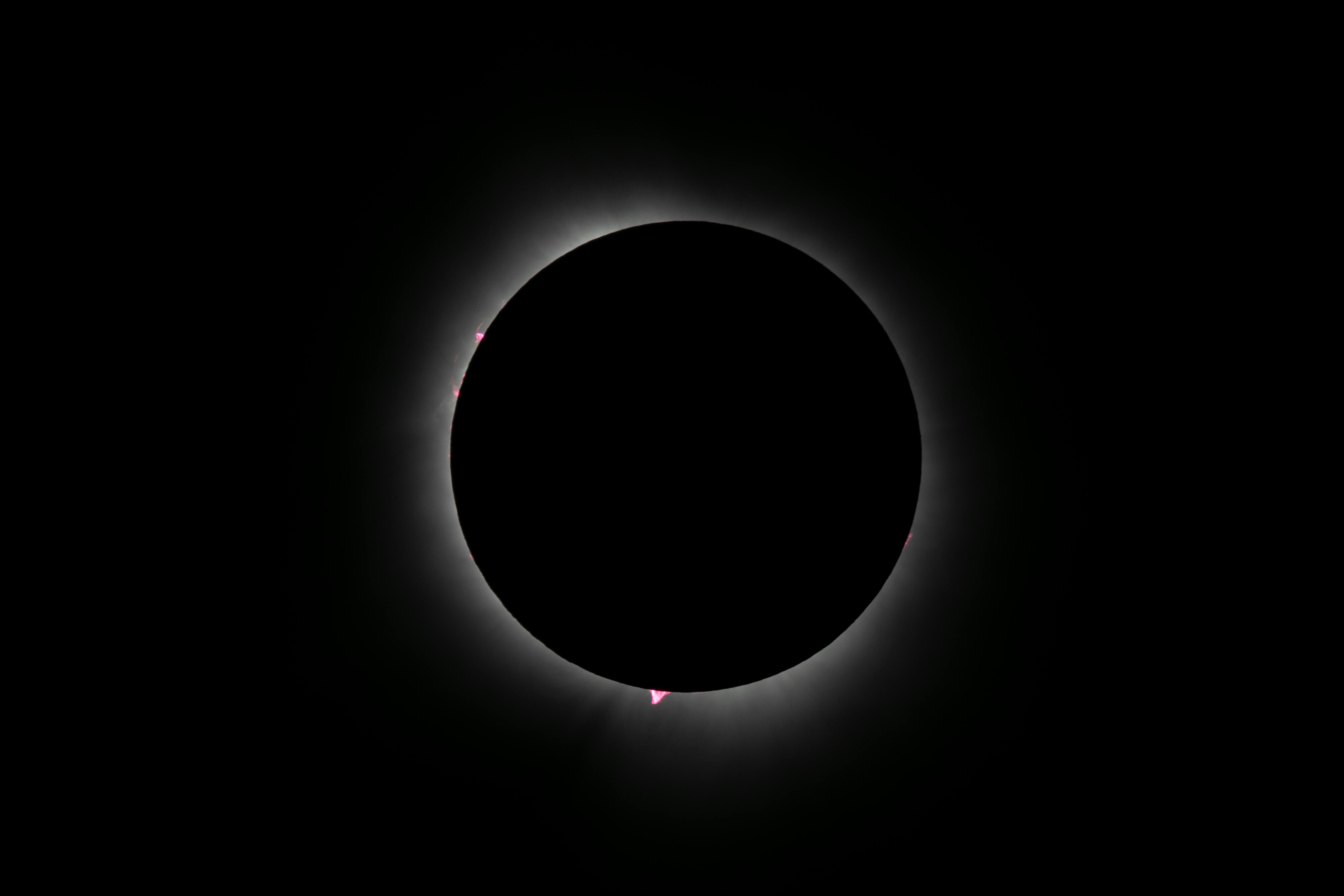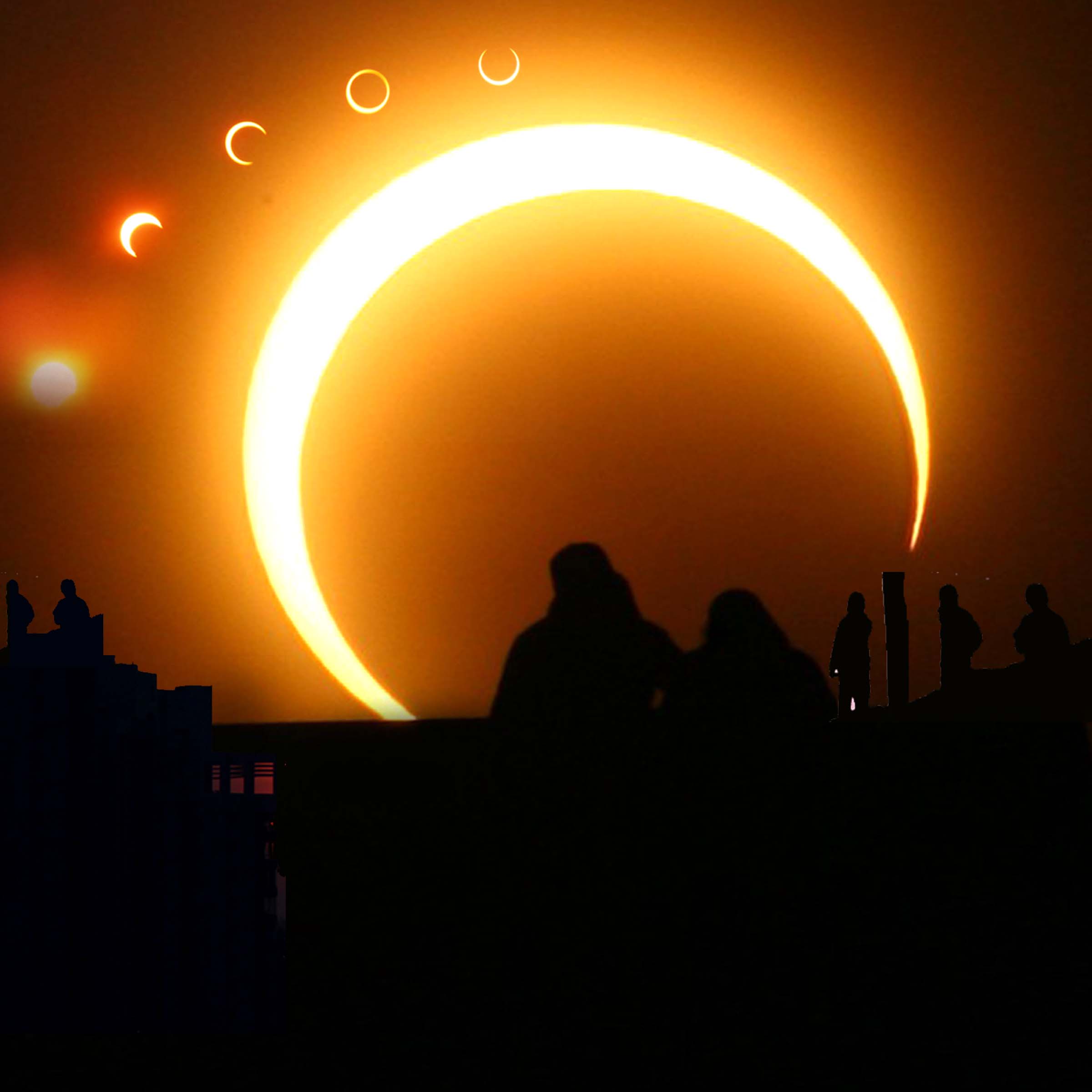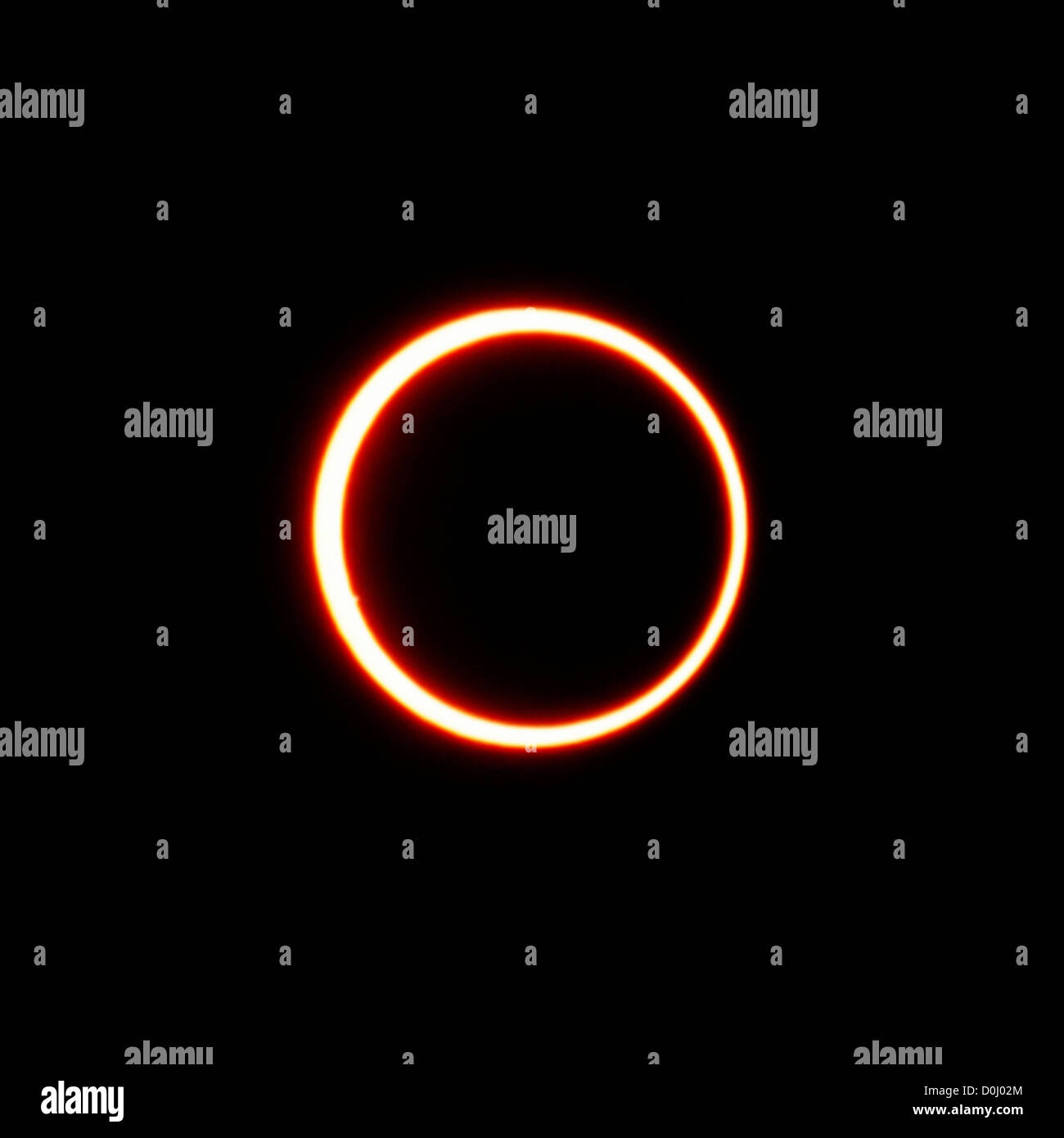Have you ever heard about the annular solar eclipse and thought it sounded like something straight outta a sci-fi movie? Well, let me tell ya, it's real, and it's one of the most awe-inspiring natural phenomena on this big blue marble we call Earth. Imagine this: the Moon slides right in front of the Sun, but it’s too far away to completely cover it up. What you get is a fiery ring of light—a "Ring of Fire"—burning bright in the sky. Sounds epic, right?
Let’s break it down a bit. An annular solar eclipse happens when the Moon is at its farthest point from Earth in its orbit. Because of this distance, the Moon appears smaller than the Sun, leaving a blazing ring of sunlight around it. It’s not just a spectacle for space nerds; it’s a moment that connects humanity to the vastness of the cosmos.
This ain’t your average eclipse. While total solar eclipses get all the glory, annular eclipses are just as mind-blowing, with their own unique charm. So, buckle up because we’re diving deep into the science, history, and everything else you need to know about the annular solar eclipse.
- Unveiling The Wolverine Name The Ultimate Guide To Its Origin Meaning And Popularity
- Unlocking The Power Of Agmaalrun Your Ultimate Guide
Table of Contents
- What is an Annular Solar Eclipse?
- How Does an Annular Eclipse Happen?
- Annular Eclipse vs Total Eclipse
- The History of Annular Eclipses
- Best Places to Watch an Annular Eclipse
- Safety Tips for Viewing an Annular Eclipse
- Equipment You’ll Need for the Annular Eclipse
- Fascinating Facts About Annular Eclipses
- The Impact of Annular Eclipses on Culture
- Future Annular Eclipses to Mark on Your Calendar
What is an Annular Solar Eclipse?
Alright, let’s start with the basics. An annular solar eclipse occurs when the Moon passes between the Earth and the Sun, but instead of fully covering the Sun, it leaves a bright ring of sunlight visible around its edges. This happens because the Moon is at its farthest point in its elliptical orbit, making it appear smaller than the Sun from our perspective.
Key Characteristics of an Annular Solar Eclipse
Here’s what makes annular eclipses so special:
- Ring of Fire: The most striking feature is the fiery ring that forms around the Moon.
- Partial Eclipse Phase: Before and after the annular phase, the eclipse appears as a partial eclipse.
- Duration: Annular eclipses can last anywhere from a few minutes to over an hour, depending on the location.
How Does an Annular Eclipse Happen?
Now, let’s dive into the science behind this celestial event. The Moon orbits Earth in an elliptical path, meaning its distance from us varies throughout the month. When the Moon is at its apogee—the farthest point in its orbit—it appears smaller in the sky. If an eclipse happens during this time, the Moon won’t fully cover the Sun, resulting in an annular eclipse.
- Hikaru Nagi Interview Unveiling The Stars Journey And Secrets
- Luxmovies New Website Your Ultimate Movie Streaming Destination
It’s all about geometry, folks. The alignment of the Sun, Moon, and Earth has to be just right for this to happen. And trust me, when it does, it’s a sight to behold.
Annular Eclipse vs Total Eclipse
Let’s clear up the confusion between annular and total solar eclipses. While both involve the Moon passing in front of the Sun, the key difference lies in the Moon’s distance from Earth.
- Total Eclipse: The Moon is closer to Earth, fully covering the Sun and leaving only the Sun’s corona visible.
- Annular Eclipse: The Moon is farther away, appearing smaller and leaving a bright ring of sunlight visible.
Both are incredible in their own ways, but annular eclipses have that extra "wow" factor with the Ring of Fire.
The History of Annular Eclipses
Humans have been fascinated by eclipses for thousands of years. Ancient civilizations viewed them as omens or signs from the gods. In fact, some of the earliest records of annular eclipses date back to ancient China and Mesopotamia.
Fast forward to modern times, and we’ve got advanced technology helping us predict and observe these events with precision. Scientists use data from past eclipses to refine models and improve predictions for future ones.
Notable Annular Eclipses in History
Here are a few annular eclipses that made history:
- May 10, 1994: Visible across parts of the United States, this eclipse was a major event for skywatchers.
- May 20, 2012: Known as the "Ring of Fire" eclipse, it dazzled viewers across the Pacific Rim.
Best Places to Watch an Annular Eclipse
If you’re planning to catch an annular eclipse, location matters. You want to be in the path of annularity—the narrow strip where the full "Ring of Fire" effect is visible. Here are some tips for finding the best spots:
- High Altitudes: Head to higher ground for a clearer view of the sky.
- Remote Locations: Avoid light pollution by choosing rural or desert areas.
- Local Observatories: Many observatories host viewing events during eclipses.
And don’t forget to check the weather forecast ahead of time. Clear skies are crucial for a good show.
Safety Tips for Viewing an Annular Eclipse
Now, here’s the important part: safety. Staring directly at the Sun can cause serious eye damage, even during an eclipse. Follow these guidelines to stay safe:
- Use certified eclipse glasses or handheld solar viewers.
- Never look at the Sun through regular sunglasses, cameras, or telescopes without proper filters.
- If you’re using binoculars or a telescope, make sure they have solar filters installed.
Your eyesight is priceless, so don’t take any chances. Always prioritize safety when viewing an eclipse.
Equipment You’ll Need for the Annular Eclipse
Got your eclipse glasses ready? Great! But there’s more you can do to enhance your experience. Here’s a list of essential equipment:
- Eclipse Glasses: A must-have for safe viewing.
- Telescope with Solar Filter: For a closer look at the eclipse.
- Camera with Solar Filter: Capture the moment without risking your eyesight.
- Binoculars with Solar Filters: Perfect for detailed observations.
Investing in quality equipment will make your eclipse-watching experience even more memorable.
Fascinating Facts About Annular Eclipses
Let’s sprinkle in some fun facts to impress your friends:
- Annular eclipses occur about once a year, but the exact timing and location vary.
- The "Ring of Fire" can last up to 12 minutes during an annular eclipse.
- Scientists study eclipses to learn more about the Sun’s atmosphere and magnetic fields.
Who knew eclipses were so much more than just a pretty sight?
The Impact of Annular Eclipses on Culture
Eclipses have always played a significant role in human culture. From ancient myths to modern science, they’ve inspired art, literature, and even religious beliefs. In many cultures, annular eclipses are seen as symbols of renewal and transformation.
Today, they bring people together, sparking curiosity and wonder about the universe. It’s a reminder of how small we are in the grand scheme of things, yet how connected we are to the cosmos.
Future Annular Eclipses to Mark on Your Calendar
Excited for the next annular eclipse? Here are a few upcoming events to circle on your calendar:
- October 14, 2023: Visible across parts of North and South America.
- April 30, 2024: A total solar eclipse will cross the United States, but keep an eye out for annular events nearby.
Start planning your eclipse adventure now. Trust me, you won’t regret it.
Kesimpulan
And there you have it—everything you need to know about the annular solar eclipse. From the science behind it to the best ways to view it safely, we’ve covered it all. Remember, these celestial events are rare and breathtaking, so don’t miss out on the chance to witness one in person.
So, what are you waiting for? Grab your eclipse glasses, find a great spot, and prepare to be amazed by the beauty of the universe. And don’t forget to share your experience with others. Who knows? You might just inspire the next generation of space enthusiasts.
Until next time, keep looking up and chasing those celestial wonders!



Detail Author:
- Name : Ms. Fanny Hahn
- Username : fbreitenberg
- Email : shawn38@littel.com
- Birthdate : 1975-05-03
- Address : 1580 Alanis Ports Apt. 910 Dominicborough, CT 39135
- Phone : +1 (480) 833-3033
- Company : Kihn, Anderson and Blick
- Job : Shampooer
- Bio : Pariatur quisquam porro qui sint eaque aut. Ut exercitationem voluptatem nostrum quisquam debitis.
Socials
linkedin:
- url : https://linkedin.com/in/valentinpredovic
- username : valentinpredovic
- bio : Reprehenderit iste omnis optio possimus eum.
- followers : 3711
- following : 1568
twitter:
- url : https://twitter.com/valentin.predovic
- username : valentin.predovic
- bio : Amet doloribus et repudiandae ratione. Perspiciatis error eius perspiciatis eveniet. Sed facere accusantium illo.
- followers : 4669
- following : 2230
tiktok:
- url : https://tiktok.com/@valentin_id
- username : valentin_id
- bio : Ipsa quasi et maiores enim qui magnam aliquam.
- followers : 2955
- following : 1704